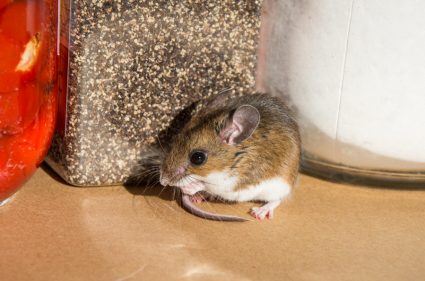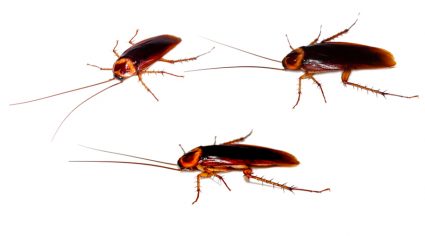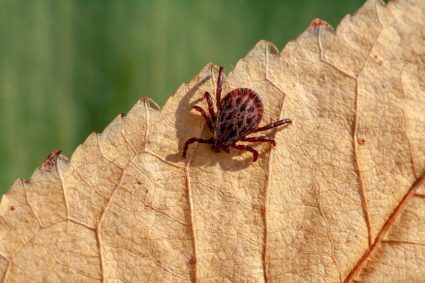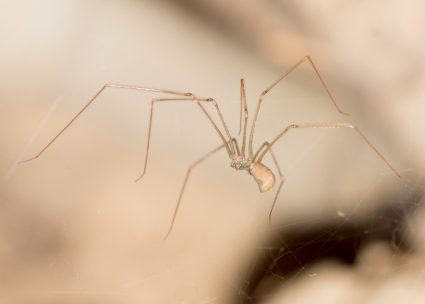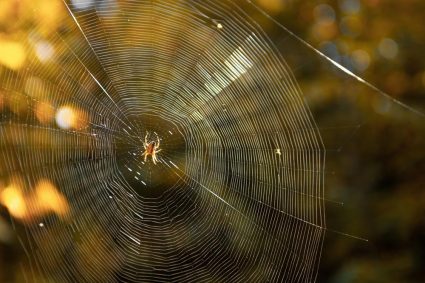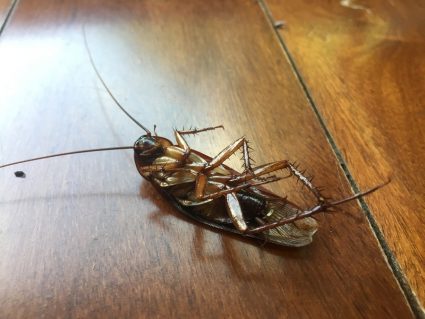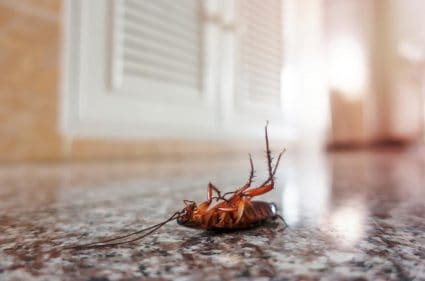
Fleas are notorious pests that can cause discomfort for both pets and their owners. These tiny insects not only feed on the blood of their hosts but are also carriers of diseases. Understanding their life cycle and temperature tolerance can be crucial in controlling and preventing flea infestations. In this comprehensive guide, we will delve into the question: What is the lowest temperature fleas can survive?
Adult fleas can survive in temperatures as low as 46.4°F (8°C), while immature fleas, including eggs and larvae, die at temperatures below 55.4°F (13°C). In freezing conditions, adult fleas can die within 5 days of exposure at 30.2°F (-1°C). However, they can survive in cold temperatures while living on a warm-bodied host or in heated homes.
Understanding Flea Life Cycle and Temperature Tolerance
Fleas have different stages in their life cycle: eggs, larvae, pupae, and adults. Each of these stages reacts differently to cold temperatures. Adult fleas can survive in temperatures as low as 46.4°F (8°C), but they die at temperatures colder than that. Immature fleas, which include flea eggs and larvae, are slightly more susceptible to cold and die at temperatures below 55.4°F (13°C). However, fleas can survive in cold temperatures while living on a warm-bodied host, such as a pet or a wild animal. In freezing temperatures, adult fleas can die within 5 days of exposure at 30.2°F (-1°C).
Flea Activity in Cold Temperatures
Fleas can still be active and reproduce in cold temperatures, but their survival rate decreases as the temperature drops. During winter, fleas can survive in cold temperatures while living on warm-bodied hosts like pets or in heated homes. Fleas can also remain in a dormant state in pet fur or other warmer places during the cold winter months, waiting for the flea season cycle to begin again in late spring. Flea infestations can continue indoors during winter if the indoor temperature is maintained within the range that fleas can survive.
Ideal Conditions for Flea Survival
The ideal temperature range for flea survival and reproduction is between 70°F and 85°F (21°C and 29°C). Fleas also thrive in humid conditions, with the ideal humidity range being 75% to 85%. Flea larvae require at least 50% relative humidity to survive; otherwise, they dry up. Adult fleas and flea larvae can be fatal if the humidity in their microenvironment drops to 50% or less.
Preventive Measures Against Fleas
Despite the cold weather, flea prevention should not be taken lightly during the winter months. Fleas can still find their way indoors, where they can continue to thrive. Here are some preventive measures you can take:
- Use flea preventatives for pets: Apply flea preventatives like topical drops, sprays, or collars to protect your pets from fleas.
- Maintain a clean home: Regularly clean and vacuum your home, especially areas where your pets spend most of their time.
- Groom your pets: Regularly groom your pets using a flea removal comb to remove adult fleas and destroy eggs.
- Treat your pet’s environment: Clean your pet’s sleeping areas and wash used blankets to remove eggs and larvae.
- Outdoor treatments: If you detect significant numbers of adult fleas outdoors, consider applying sprays in locations where pets rest and sleep, such as dog houses and kennels.
- Year-round prevention: Even though the risk of flea infestation is lower during cold seasons, it is still essential to maintain flea prevention measures year-round.
In conclusion, while fleas may struggle to survive in freezing temperatures outdoors, they can still find ways to survive by attaching themselves to warm-bodied animals or finding shelter in protected areas. Therefore, it’s crucial to maintain flea prevention measures all year round to protect your pets and homes from these pesky pests.
Frequently Asked Questions
How long does it take for a flea to complete its life cycle?
The life cycle of a flea can take anywhere from 2 weeks to 8 months, depending on the environmental conditions. Optimal conditions for fleas include temperatures of 70°F to 85°F (21°C to 29°C) and humidity levels of 75% to 85%.
What diseases can fleas transmit?
Fleas can transmit several diseases to both pets and humans, including Bartonella henselae (the bacteria that causes Cat Scratch Disease), murine typhus, and the plague. They can also transmit tapeworms and cause anemia in pets.
Can fleas survive on humans?
While fleas can bite humans, they prefer non-human hosts and cannot survive on human blood alone. Adult fleas need to feed on blood from their host to reproduce, and they prefer the blood of pets like dogs and cats.
Can I get rid of fleas by simply treating my pet?
Treating your pet is an important step in getting rid of fleas, but it’s not enough. You must also treat the environment where your pet lives, as fleas can lay eggs in carpets, furniture, and bedding. Regular vacuuming and washing of pet bedding can help eliminate these eggs.
How often should I treat my pet for fleas?
It’s recommended to treat your pets for fleas year-round, even during the colder months. Flea preventatives typically last for about a month, so monthly applications are usually necessary. Always consult with your veterinarian for the best prevention plan for your pet.


